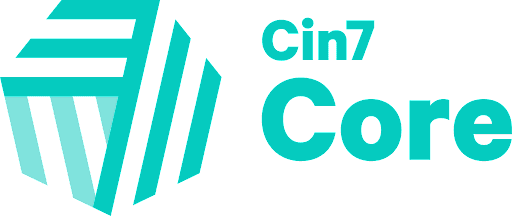We’re moving to our NEW Help Center!
During this time, you can’t create a case, but you can still read our articles. Please go to help.core.cin7.com for your support needs. Thanks for your patience as we strive for an enhanced support experience.
New To DEAR Systems?
START A 14 DAY FREE TRIAL, NO CREDIT CARD REQUIRED


